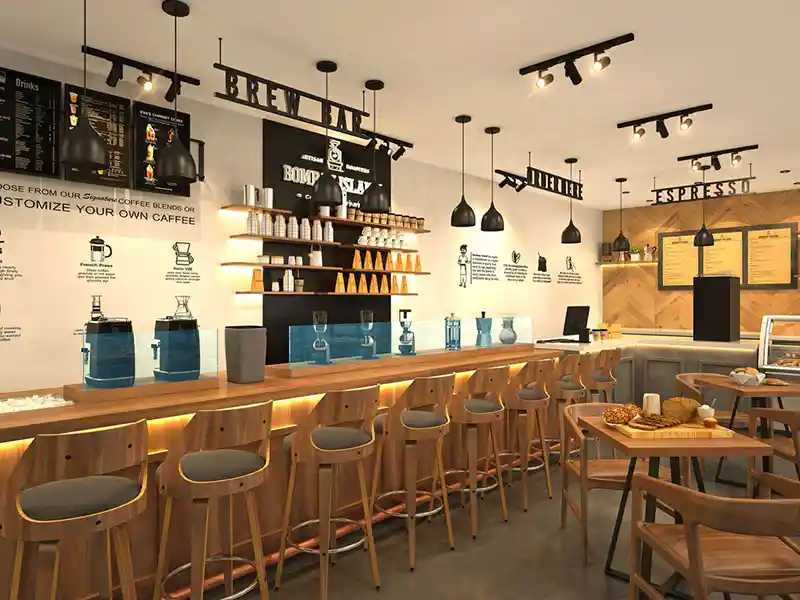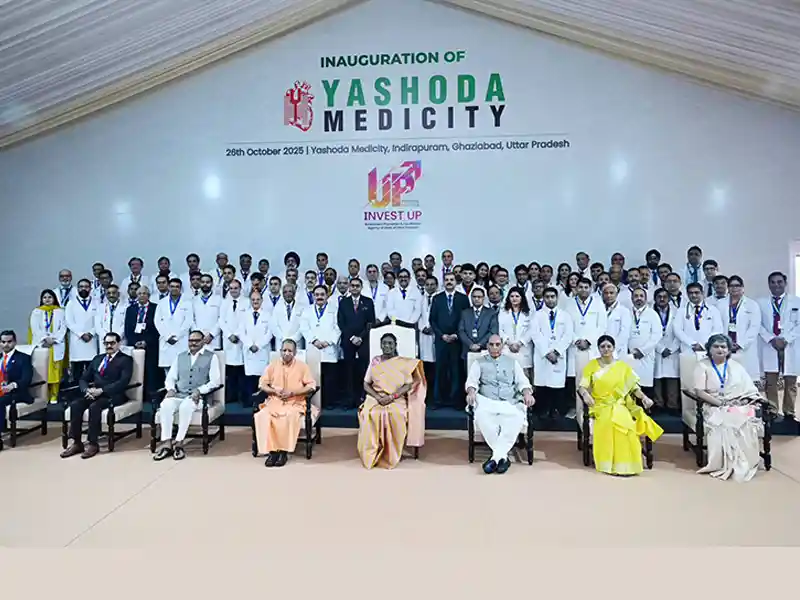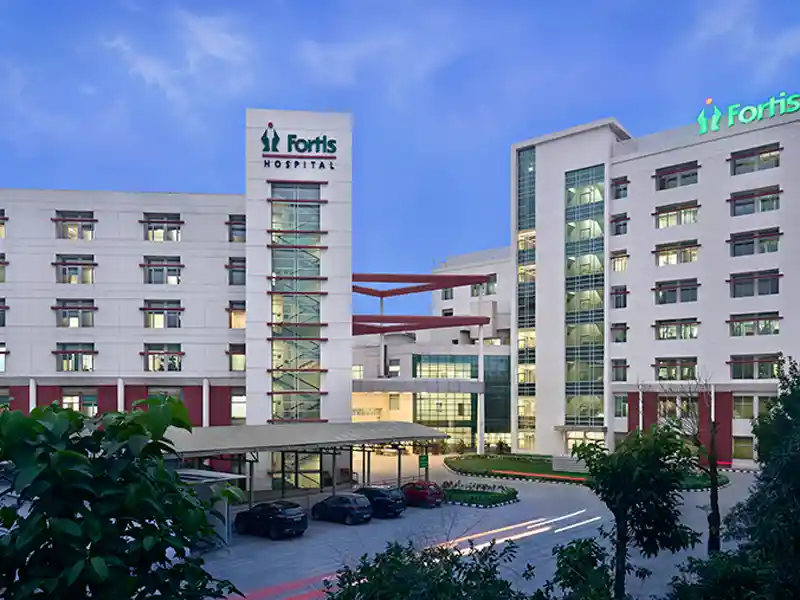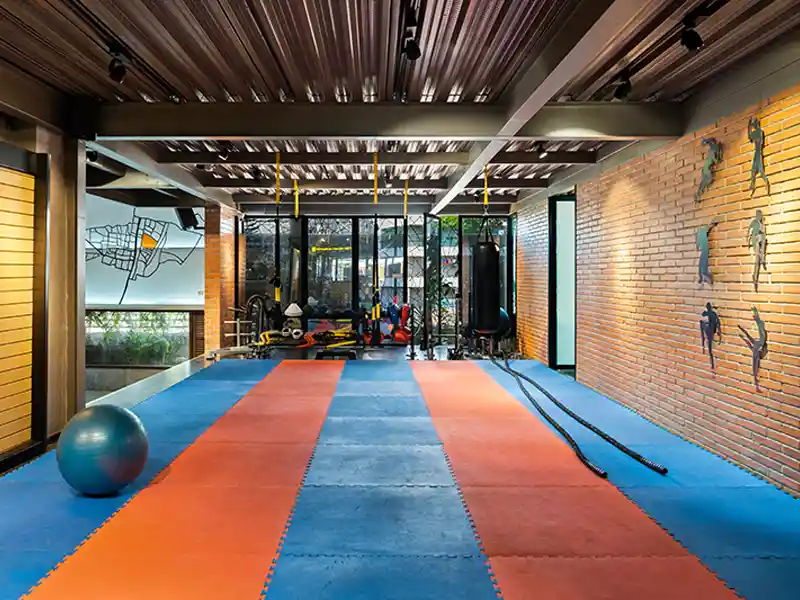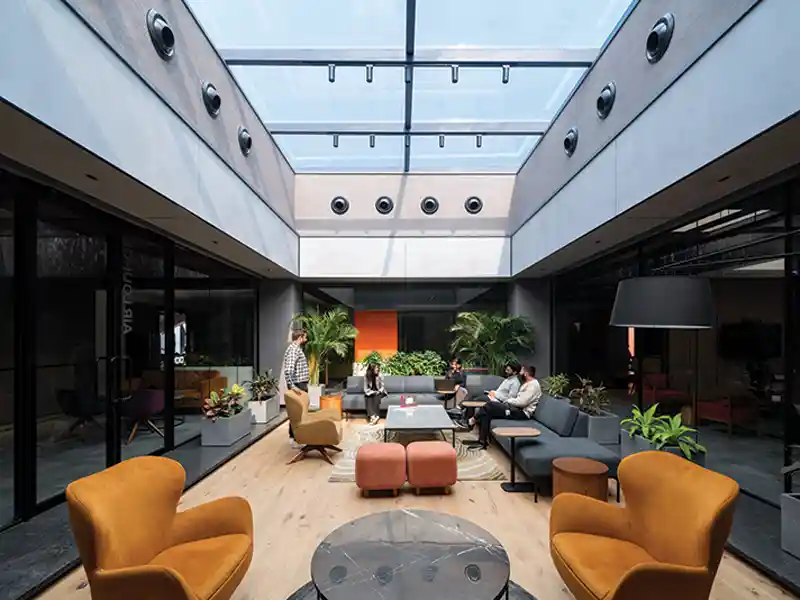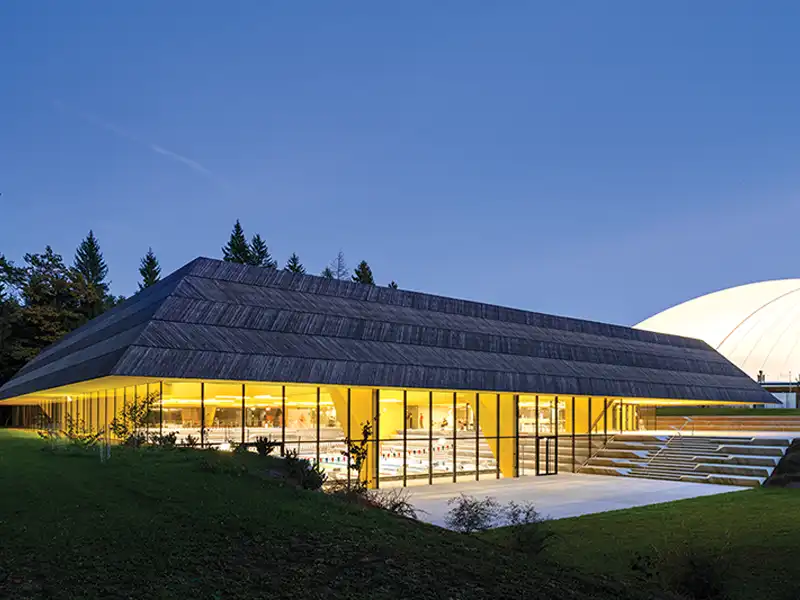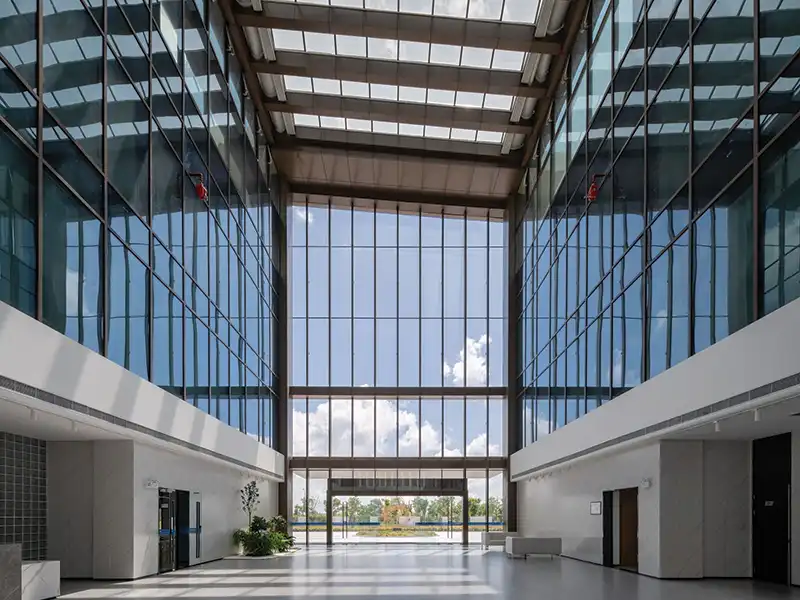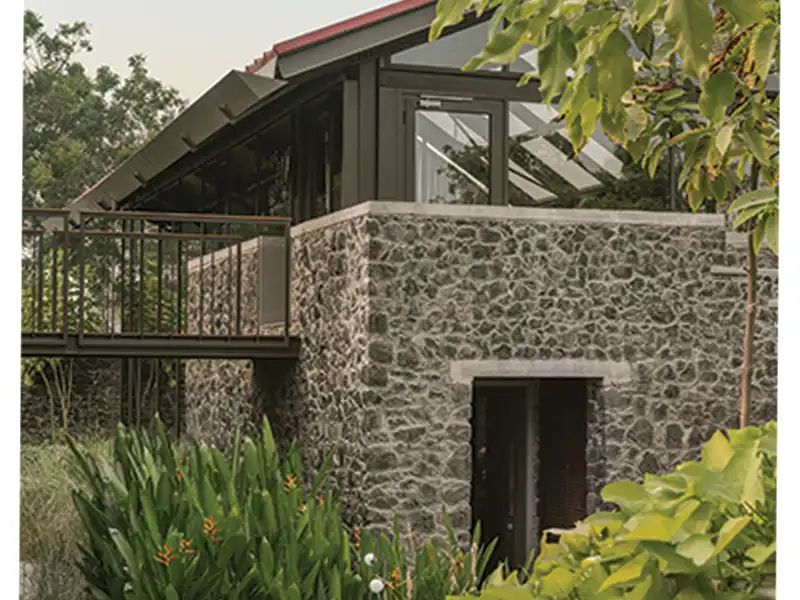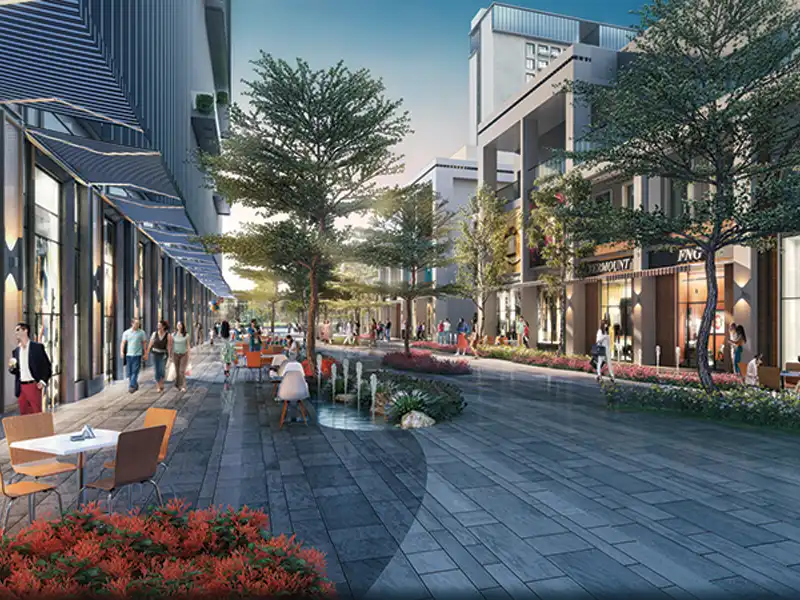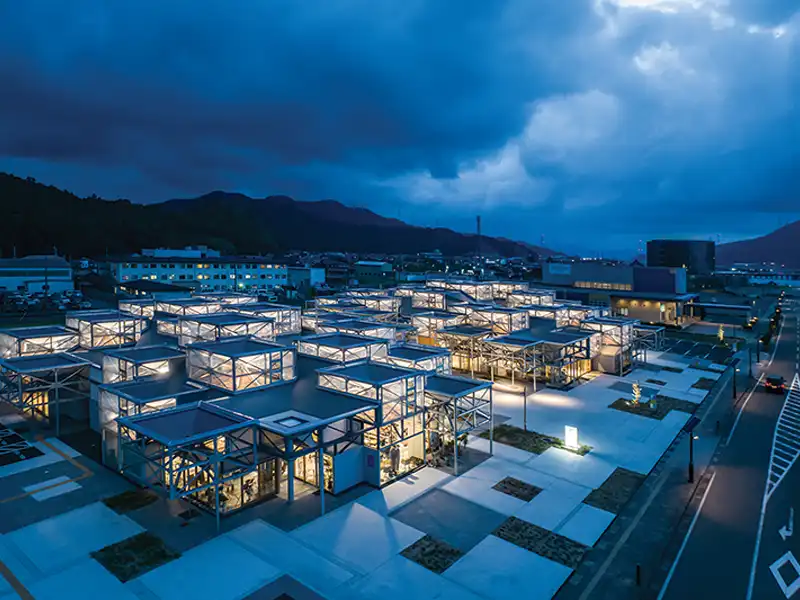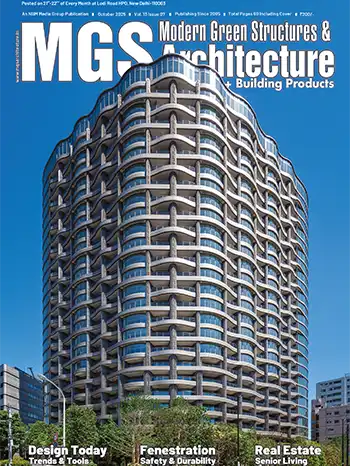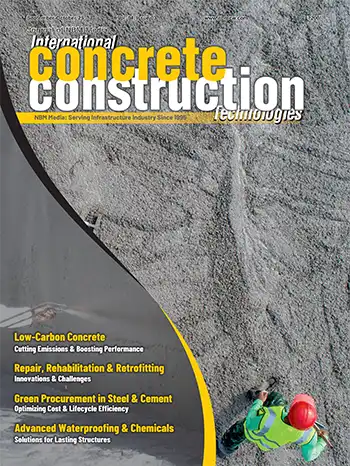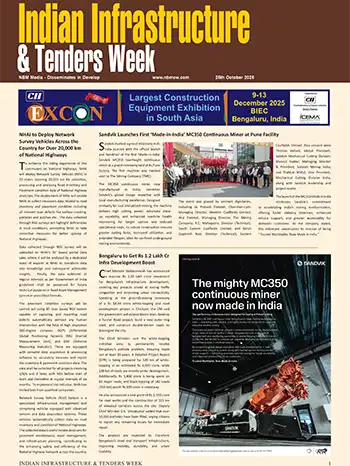Site Area: 1350 sq.m
Built- up Area: 3500 sq.m
Principal Architect: Manish Gulati
Principal Planner: Tanushree Gulati
Design Team: Suchita Jain, Amit Palia, Shabina Shahin
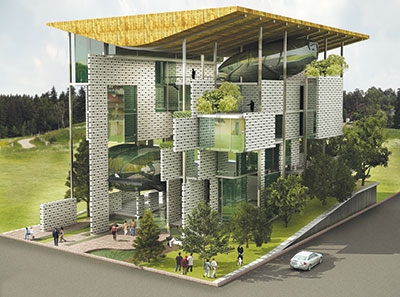
The parasol roof and window overhangs are lined with photovoltaic cells to generate electricity that is stored in the batteries to run outdoor lighting after sunset. The depth of the overhangs and the roof is designed as per the sun direction and penetration to keep a balance between the availability of natural daylight inside the office yet not increasing the ambient temperature inside, and both bringing down the lighting and air conditioning loads significantly.
The parasol roof like an upturned basin, collects rainwater that is stored in the underground reservoir surrounding the entire basement perimeter, not only bringing the ambient temperature there but providing sufficient drinking water for the year round.
The parallel cavity walls constructed with bentonite clay lined foam concrete blocks act as filters to help in cleaning out the polluted air of the micro climate. Also, the vertical green walls in various parts also help in oxygen exchange. Mechanical filters in the basement which force the polluted hot air from the basement through the hollow walls, in winters act as a heater while cleaning the pollution alongside, and in summers infused with fresh air from roof mechanical filters to keep pollution in check.
The building acts as an ‘Urban Sponge’ feeding on polluted air & water of its microclimate and gives out clean air & water back to the Environment much like the Aquatic sponge which feeds on bacteria and gives out nutrients and oxygen.
Manish Gulati, Principal Architect, MOFA Studios
Due to its location adjoining the city sewage main drain, tapping into the ‘black gold’ that the architects call it, the Sewage Treatment Plant turns the black water into grey providing the building three important ingredients: enough methane to run a cogeneration gas turbine to produce sufficient electricity adding further to the energy bank; grey water run through a reed bed filtration system removed of its foul smell to be cooled using condensation is then further passed through tanks filled with phase change material. This cold water is run within the radiating chilled beam system bringing down the air conditioning load significantly. All the manure left as a final by-product is used in the terrace gardens and green walls.
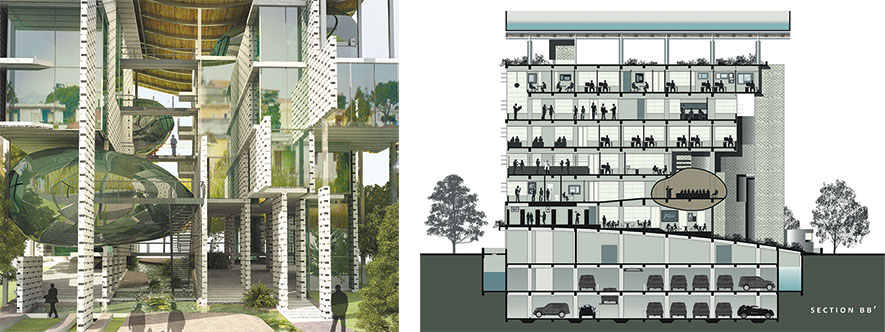
The two parabolic forms floating out of the building are a symbolic expression to bubbles of fresh air released into the atmosphere due to this Urban Sponge. These bubbles house the Presentation and the Meeting rooms – the ‘think tanks’ for the scientists and policy makers. Roof gardens are built as intermediate open spaces throughout the building for shading and cleansing of the air and the much needed ‘step out’ for the employees.

